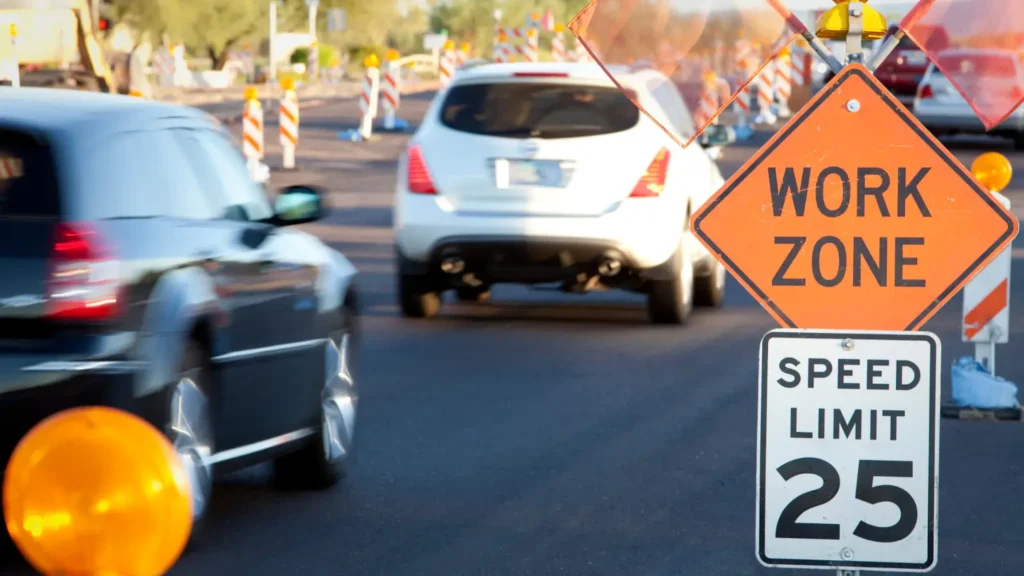Construction zones present unique challenges for drivers, contractors, and public safety officials. When accidents happen, assigning fault becomes complex. In Indiana, the state follows a modified comparative fault system under Indiana Code § 34-51-2-6. This means that if an injured party is found to be less than 51 percent at fault, they can still recover damages. However, any compensation is reduced by the percentage of fault assigned to them.
What Comparative Fault Means in Practice
Let’s say you’re driving through a construction area and collide with a barrier that was not clearly marked. Investigators might find you were 30 percent at fault for merging too quickly, while the contractor is 70 percent at fault for failing to mark the hazard. In this case, you would be eligible to recover 70 percent of your total damages.
If, however, you are determined to be more than 50 percent at fault, you are barred from any financial recovery under Indiana law.
How Fault Is Assigned in Construction Zone Cases
When determining fault, courts and insurance adjusters look at multiple factors:
- Signage and lane markings: Were they clear and visible?
- Barrier placement: Were dividers installed in a way that created a hidden hazard?
- Driver behavior: Was the driver speeding, distracted, or violating traffic laws?
- Work zone compliance: Did contractors follow state guidelines for safety?
This evaluation often results in shared liability. For example, a driver may be partially at fault for distracted driving, but a contractor could still be more at fault for improper signage or dangerous road conditions.
The Risk of Missing a Responsible Party
It’s important to name all potentially responsible parties early in the process. In Indiana, if you fail to include a party in your original lawsuit, courts may determine that they are not at fault as a matter of law. That decision can prevent you from pursuing them in a future case, even if new evidence comes to light.
Why Legal Representation Matters
Comparative fault cases are often contested. Insurance companies will work hard to place as much blame on you as possible to minimize your compensation or deny your claim entirely. An experienced attorney can:
- Investigate the accident scene
- Collect evidence like construction plans, witness statements, and expert opinions
- Push back against exaggerated fault assessments
- Make sure all parties are properly named in your case
A Real-World Impact
At McGlone Law, we’ve seen how dangerous construction zones can be to drivers, and how holding the right parties accountable can lead to more than just compensation. In one case, our investigation into a poorly designed divider not only resulted in justice for our client’s family, but also triggered a statewide change in how such barriers are placed.
If you were injured in a construction zone accident, the stakes are high. A single misstep can reduce or eliminate your compensation. Contact McGlone Law today to discuss your case and protect your right to recovery.


